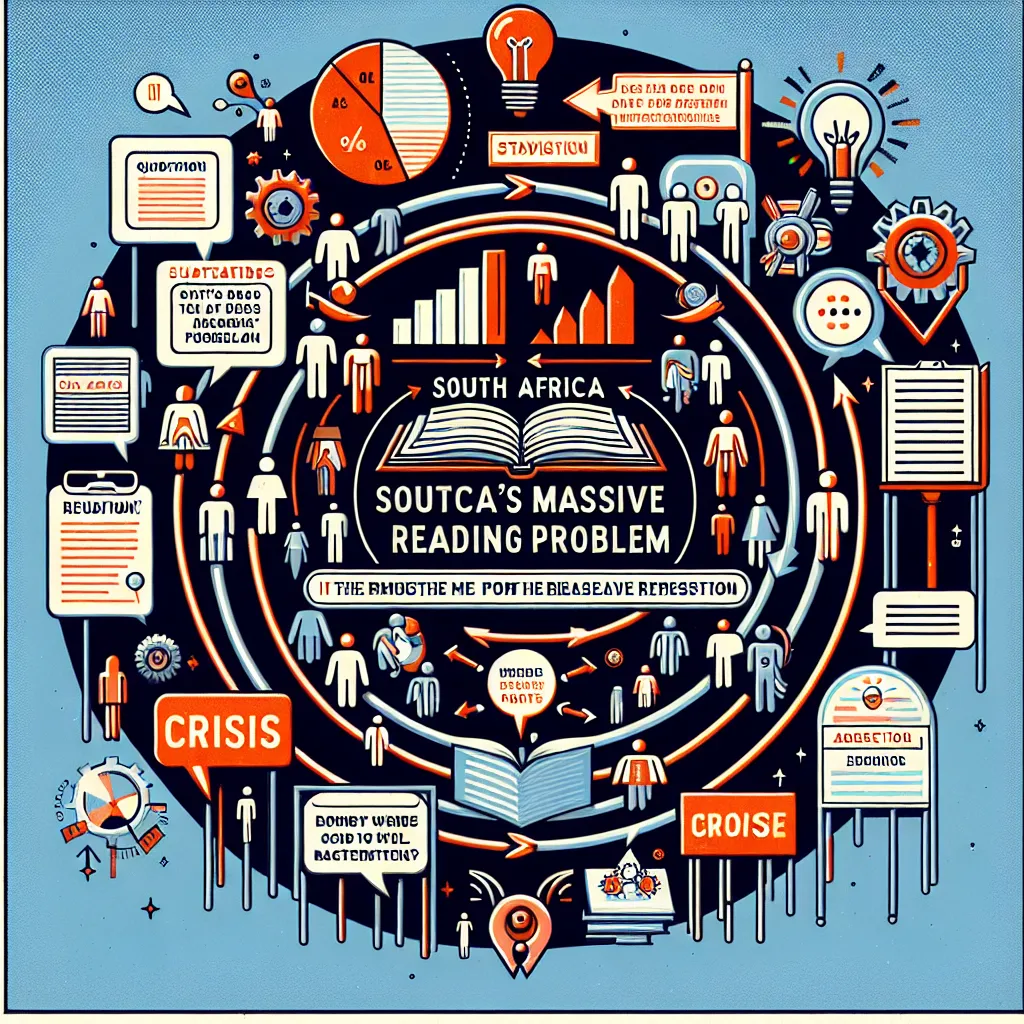Ask AI on The Internet
Question: In an essay of 1000 to 1200 words, write a detailed discussion on how the writer has used diction and register for the purposes of persuading the reader that interventions are required to reverse learning losses after the COVID-19 pandemic. with in-text citations and references
Writing an essay on how a writer uses diction and register to persuade the reader that interventions are required to reverse learning losses after the COVID-19 pandemic involves analyzing specific elements of language and style. Here’s a guide on how to approach this topic through structured paragraphs focusing on different aspects. ### Introduction Introduce the topic with some background information about the impact of COVID-19 on education. Mention the importance of addressing learning losses and state that the essay will analyze how diction and register are employed to persuade readers about the necessity of interventions. Example: >The COVID-19 pandemic has significantly disrupted education systems globally, leading to substantial learning losses. Addressing these setbacks requires immediate and strategic interventions. This essay examines how writers utilize diction and register to argue persuasively for such educational interventions. ### Analyzing Diction Diction refers to the choice of words and phrases in a piece of writing. Analyze how the writer's word choices contribute to their argument. 1. **Emotional Appeal:** - Identify emotionally charged words that the writer uses to evoke concern or urgency. - Provide examples and discuss their impact. Example: >In discussing the learning losses, the writer uses words such as "catastrophic," "devastating," and "crisis" to emphasize the severity of the issue. These emotionally charged terms are designed to instill a sense of urgency in the reader (Author, Year). 2. **Technical and Specific Language:** - Examine the use of educational jargon or specific terminology. - Explain why these choices are effective in establishing credibility. Example: >The use of terminology like "learning gaps," "cognitive development," and "educational equity" serves to ground the argument in the field of education, establishing the writer’s authority and expertise on the subject (Author, Year). 3. **Positive Reinforcement:** - Discuss the positive diction used when referring to potential interventions. - Highlight how these choices can inspire hope and action. Example: >When outlining potential solutions, the writer employs positive diction with phrases like "transformative programs," "innovative strategies," and "promising outcomes." These terms not only present the interventions in a hopeful light but also encourage optimism in the readers (Author, Year). ### Analyzing Register Register refers to the level of formality or informality in language. Different situations require different registers, which can significantly affect the persuasiveness of an argument. 1. **Formal Register:** - Identify instances where the writer uses a formal register. - Discuss how this level of formality contributes to the seriousness and credibility of their argument. Example: >The writer’s consistent use of a formal register, characterized by complex sentences and advanced vocabulary, underscores the gravity of the learning losses and legitimizes the call for intervention. This formal tone helps in appealing to policymakers and educational professionals who are the intended audience (Author, Year). 2. **Combination of Registers:** - Look for any shifts or mixes in register. - Explain how these shifts are used to reach different audiences or to emphasize particular points. Example: >At times, the writer shifts to a slightly less formal register with anecdotes or colloquial expressions to connect with a broader audience. This strategy makes the argument more accessible while maintaining overall credibility. For instance, the phrase "we cannot afford to let our children’s future slip through the cracks" personalizes the issue, drawing in parents and community members (Author, Year). 3. **Balanced Register:** - Discuss how maintaining a balanced register can help in presenting a well-rounded argument. - Provide examples of where the writer strikes this balance effectively. Example: >Throughout the article, the writer maintains a balanced register—formal enough to be authoritative yet accessible enough to engage the reader. This balance ensures that the argument is taken seriously but is also clear and relatable, as seen in passages like "Educational institutions must act swiftly, not just as a matter of policy, but as a moral imperative" (Author, Year). ### In-Text Citations Reference specific parts of the text where the diction and register are evident. Use appropriate citation styles (APA, MLA, etc.) as required. Example for APA: >According to Author (Year), the term "catastrophic" is utilized to underscore the severe impact of the pandemic on education (p. 123). ### References Compile a list of references cited in your essay. Example for APA: - Author, A.A. (Year). Title of the work. Publisher. - Author, B.B. (Year). Title of the article. Title of the Journal, volume number(issue number), page numbers. ### Conclusion Summarize the key points regarding how diction and register contribute to the writer’s persuasive techniques. Reinforce the importance of these elements in arguing for educational interventions. Example: >In summary, through careful selection of diction and strategic use of register, the writer effectively persuades readers of the critical need for interventions to mitigate learning losses post COVID-19. By employing emotionally charged language, specific terminology, and a balanced register, the argument is both compelling and credible, aiming to mobilize diverse stakeholders to take action against this educational crisis. This outline should help you craft a thorough and focused essay. Be sure to support your analysis with specific examples and citations from the text you are analyzing.
Think your answer is better than the AI's? Post it below.
Question Tags
If you want your question answered by an AI, click here.







Post your own comment: